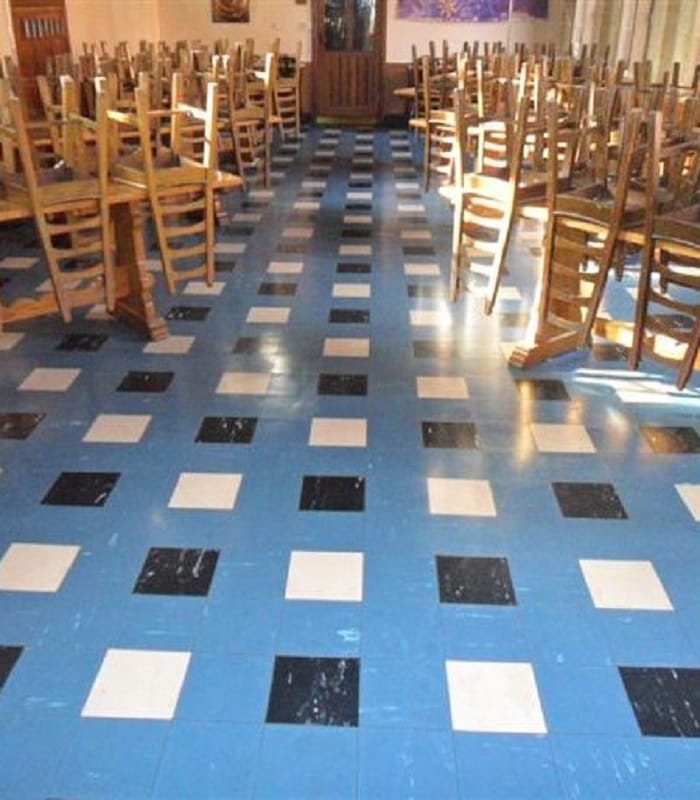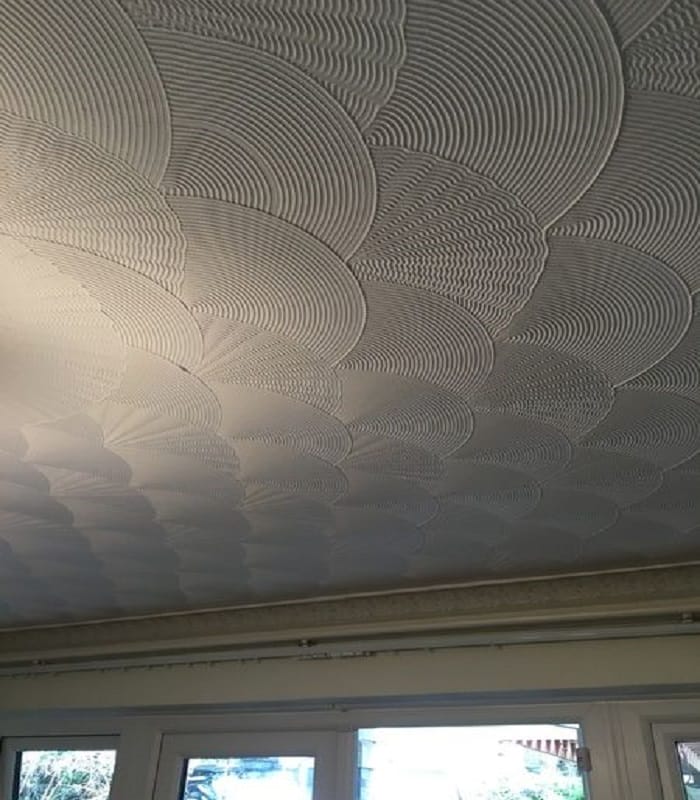Once you have had an asbestos management survey or a refurbishment or demolition asbestos survey undertaken and it has identified asbestos-containing materials (ACMs) which are to remain in situ, you then have a duty to manage these materials.
Reinspection asbestos surveys are an important part of managing asbestos in commercial premises or the communal parts of residential buildings. Your legal responsibilities under the Control of Asbestos Regulations 2012 (CAR2012) do not stop once the asbestos survey has been undertaken if asbestos has been identified.

As a property owner, manager or landlord, you are responsible as per Regulation 4 – Duty to Manage, for ensuring that any ACMs are regularly inspected, remain undisturbed, in good condition and do not present any health risks. An asbestos reinspection survey will be included as part of your asbestos management plan, keeping you compliant with CAR2012.
When is an asbestos reinspection survey required?
Your initial asbestos survey report will identify the location and extent of asbestos-containing materials, it will risk assess them and then make recommendations for future management.
If the asbestos is in good condition and not likely to be damaged, then it can remain in situ and depending on the type of asbestos-containing material present, it will need to be subject to either six-monthly or annual asbestos reinspections.
The reinspection will monitor its condition, ensuring it remains undamaged and in a safe condition. If the material has been damaged or has deteriorated, then the recommendation may be to undertake remedial works or remove the asbestos.
Following an asbestos survey, a commercial decision can be made to decide whether the cost of future reinspections is going to outweigh the cost of removing the asbestos in the first instance.
What if the original survey was completed by a different company?
If we did not undertake the original survey and we are working from another company’s asbestos survey report, then as a UKAS accredited company, we must undertake an audit of the original asbestos survey to make sure it is fit for purpose, so the process is more involved.
However, every year we undertake a considerable number of reinspections based upon other company’s survey reports, putting them into our own report template, taking new photos and drawing new plans, making it easy for us to re-inspect and update in future years.
An asbestos reinspection survey is carried out on asbestos that has been previously identified and remains in situ to ensure it is in good condition and has not been damaged or disturbed. Our qualified and experienced asbestos surveyors are able to carry out asbestos reinspection surveys in the South East, London, Wales, the South West and nationwide.
Re-inspection survey FAQs
What is an Asbestos Reinspection Survey?
An asbestos reinspection survey is a survey that is conducted to reinspect and evaluate the condition of asbestos-containing materials (ACMs) in a building that have previously been identified and assessed during an initial asbestos survey.
Why is an Asbestos Reinspection Survey necessary?
An Asbestos reinspection survey is necessary to ensure that the asbestos identified in the building remains in good condition and does not pose a risk to the occupants.
When should an Asbestos Reinspection Survey be conducted?
An Asbestos Reinspection Survey should be conducted at regular intervals, for example, annually, depending on the type of building, use of the building, type of asbestos material and the current condition of the asbestos.
How is an Asbestos Reinspection Survey conducted?
The reinspection survey is typically carried out by a professional surveyor who is trained and qualified in asbestos surveying and management. The survey includes visual inspections of the identified ACMs and assessing their condition and taking samples if deemed necessary.
Who is qualified to conduct an Asbestos Reinspection Survey?
The survey should be conducted by a surveyor who holds the British Occupational Hygiene Society (BOHS) P402 qualification or equivalent and it is strongly recommended that a UKAS accredited company be appointed (United Kingdom Accreditation Service).
How is the asbestos identified during the survey?
The reinspection survey will use the previous asbestos survey report to identify the location of the previously identified asbestos-containing materials, which will then be visually inspected to assess their condition.
How is the condition of the asbestos evaluated during the survey?
The condition of the asbestos is evaluated by visually inspecting the identified ACMs and assessing their condition and taking samples if deemed necessary. Both a material and priority risk assessment will be undertaken at the point of reinspection.
What are the recommendations provided in an Asbestos Reinspection Survey report?
The report will provide recommendations on how to manage the asbestos in situ or whether it is recommended that it be removed. If removal is recommended, then the report will also confirm whether this needs to be undertaken by a Licensed Asbestos Removal Contractor (LARC).
How often should an Asbestos Reinspection Survey be repeated?
In general asbestos reinspection surveys should be undertaken annually or more frequently if the risk is deemed higher, however, in these instances, removal may be the preferred option in order to eliminate the risk. The frequency of surveys will depend on the type of building, the condition of the asbestos, and local regulations. In general, it’s recommended to repeat the survey every 3 to 5 years.
How is the asbestos managed or removed after the survey?
Management of asbestos may include labelling it and then continuing with reinspections at regular intervals, or it may involve undertaking remedial work if the asbestos-containing material has been damaged. If following the reinspection, the asbestos poses a high risk then removal of the material may be recommended. Certain asbestos materials must be removed by a Licensed Asbestos Removal Contractor (LARC) who will work in accordance with HSG247 Asbestos: The licensed contractors’ guide. For materials which do not have to be removed by a LARC, it is still essential that remedial works or removal takes place in accordance with the Health & Safety Executives Approved Code Of Practice (ACOP) and that suitable training has been undertaken.


